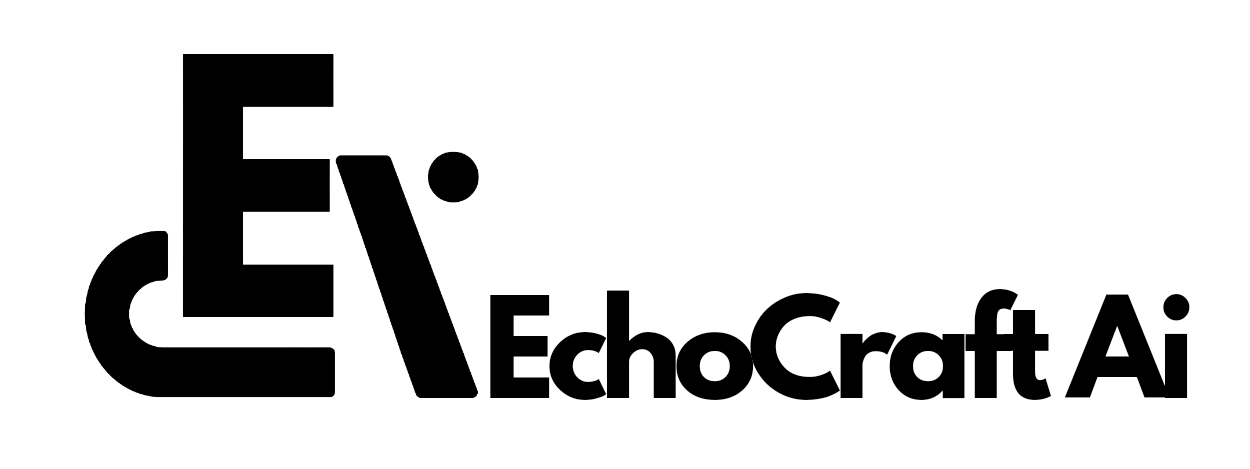Paris-based Mistral AI has introduced Small 3, a 24-billion-parameter open-source model available under the Apache 2.0 license, claiming to offer efficiency, transparency, and competitive performance against major models like GPT-4o mini and Llama 3.3 70B.
While its technical advancements are noteworthy, significant questions about scalability, benchmark reliability, and long-term sustainability persist.
Performance Claims: Benchmark Brilliance or Real-World Readiness?
Small 3 reportedly outperforms GPT-4o mini and matches Llama 3.3 70B on benchmarks such as MMLU Pro and GPQA, but questions linger about its practical utility:
- MMLU Pro’s Limitations: The benchmark focuses on multiple-choice academic tasks, overlooking real-world challenges like contextual ambiguity and creative problem-solving.
- Size vs. Capability: Competing with Llama 3.3 70B—a model nearly three times larger—signals efficiency but could obscure potential tradeoffs in nuanced reasoning or domain-specific accuracy.
Critical Unanswered Questions:
- How does Small 3 perform in dynamic, multi-turn interactions compared to models trained with reinforcement learning (RL)?
- Are there independent third-party evaluations to validate Mistral’s internal benchmarks?
Architectural Efficiency: Innovation or Compromise?
Small 3’s architecture features fewer layers, which significantly reduces latency, enabling deployment on modest hardware like a MacBook with 32GB RAM. However, this design approach raises concerns:
- Depth vs. Breadth: Fewer layers may limit the model’s ability to tackle complex, layered tasks such as legal analysis or multi-step coding.
- Hardware Realities: While the model can run on a single RTX 4090 GPU, real-world latency metrics are notably absent. How does it handle concurrent requests or large-scale workloads?
Open-Source Sustainability: Transparency vs. Viability
The decision to adopt the Apache 2.0 license enhances accessibility but poses sustainability challenges:
- Monetization Gaps: Open-source models often require paid enterprise support or cloud partnerships to sustain development. Mistral’s strategy to continue development without proprietary features remains unclear.
- Community Dependence: The model’s success relies heavily on developer contributions. Without robust tools and documentation, adoption may trail behind closed-source competitors.
Ethical and Environmental Oversights
Despite its emphasis on transparency, Mistral Small 3 leaves key ethical and environmental questions unanswered:
- Carbon Footprint: Training a 24-billion-parameter model, even efficiently, demands considerable energy. Mistral has yet to disclose emissions data or outline sustainability efforts.
- Bias Risks: The absence of synthetic data may reduce hallucinations, but reliance solely on public datasets risks reinforcing existing biases.
Potential vs. Practicality
Mistral highlights possible applications in fields like healthcare, robotics, and manufacturing, though critical specifics are missing:
- Healthcare Hesitations: Regulatory compliance challenges (such as HIPAA) and the risks of errors in sensitive domains are not addressed.
- Robotics Readiness: Real-time on-device control requires ultra-low latency. Whether Small 3 can reliably process sensor data in real time remains uncertain.
Market Position: David vs. Goliath
Mistral faces the challenge of carving a niche against industry giants like OpenAI and Meta:
- Strengths: Privacy-focused local deployment and a design free of synthetic data appeal to sectors wary of proprietary AI systems.
- Weaknesses: The absence of comprehensive ecosystem integrations—like OpenAI’s GPT Store—and limited brand recognition pose hurdles. Planned integrations with SageMaker and NVIDIA NIM may help but could bind users to paid platforms.
Mistral Small 3 advances open-source AI with its compact architecture and permissive licensing. However, its future success hinges on resolving critical gaps, including:
- Independent performance validation
- Clear monetization and sustainability strategies
- Greater transparency around environmental and ethical practices
For now, Small 3 offers an intriguing choice for developers seeking speed and transparency but remains a work in progress rather than a definitive breakthrough.

